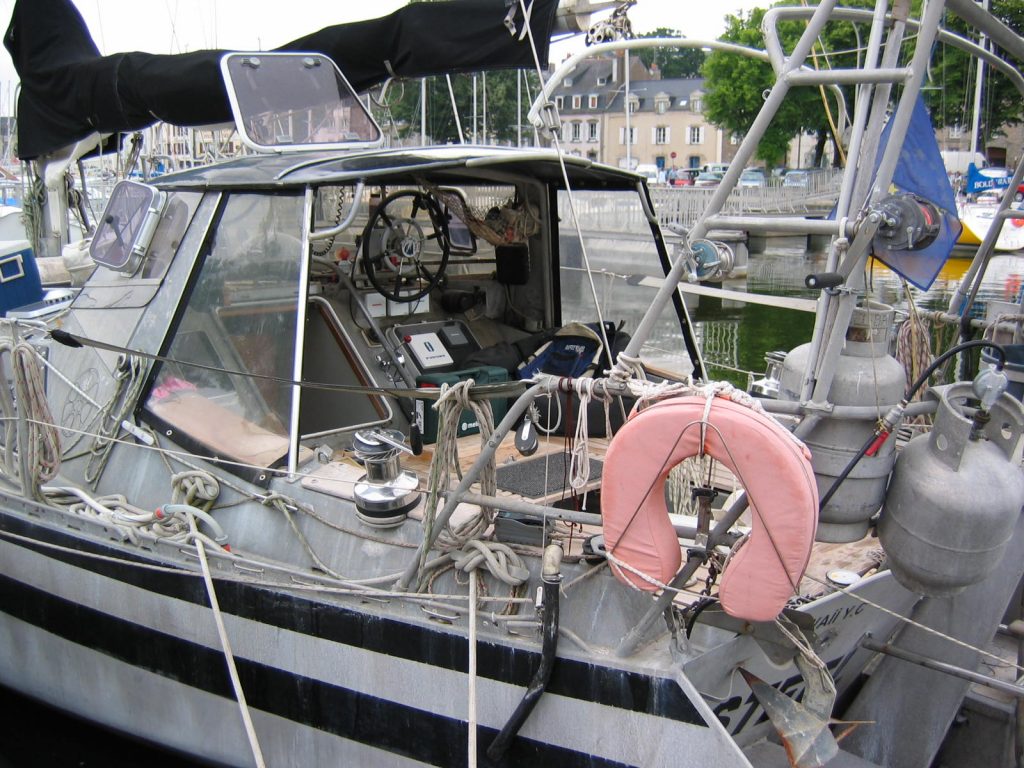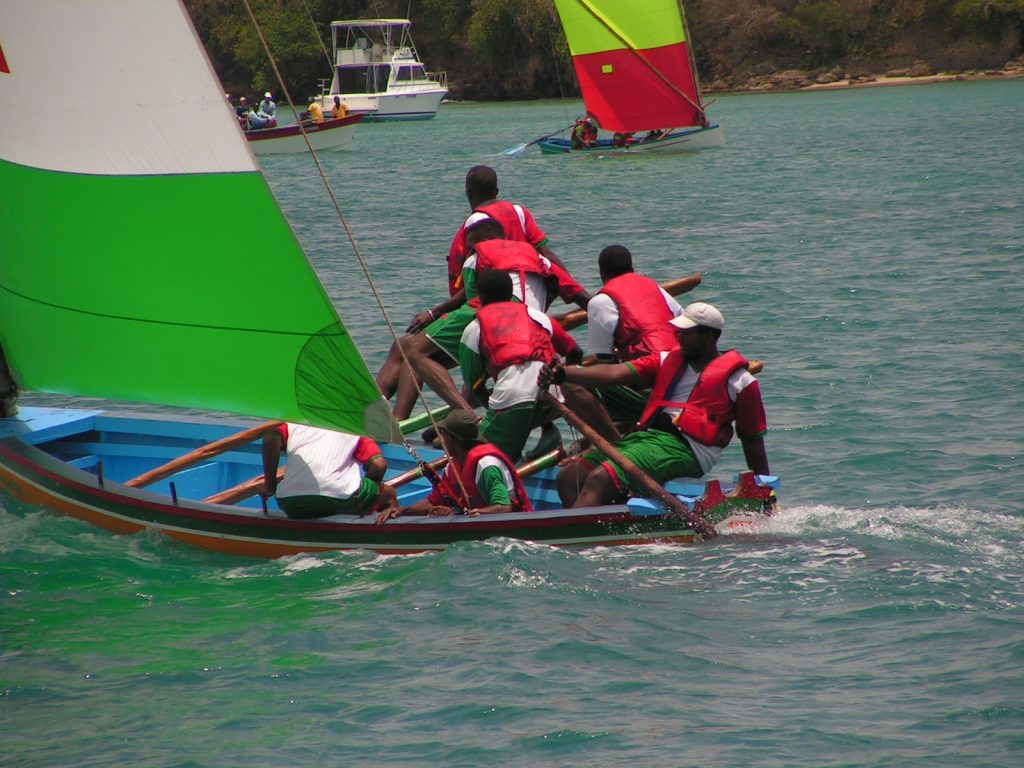INFLUENCERS AND INFLUENZA – THE SILENT POWER
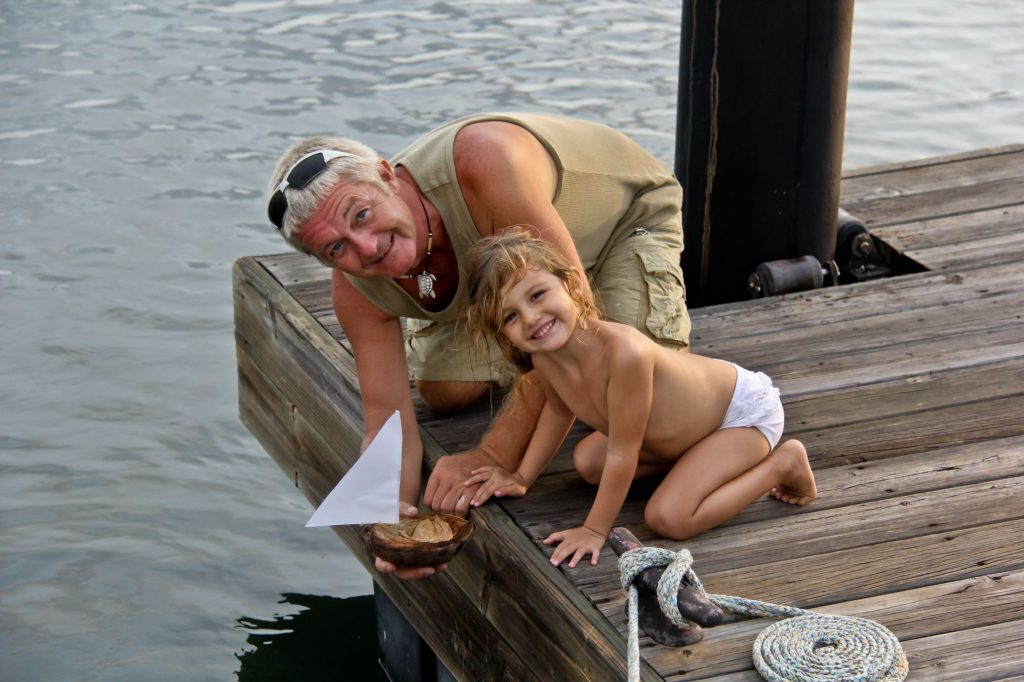
Influencers and influenza: both have the capacity to render one powerless, but while influenza’s challenge to the immune system is impossible to overlook, the influence on our thought processes of sources we trust can be far more insidious.
The essence of marketing is to make people behave like sheep in a flock, to surround themselves with (what are presumed to be) like minds and act exactly as they are supposed to act (in unison, no less) while believing themselves to be independent, free-thinking and most definitely smarter than average. How does it work?
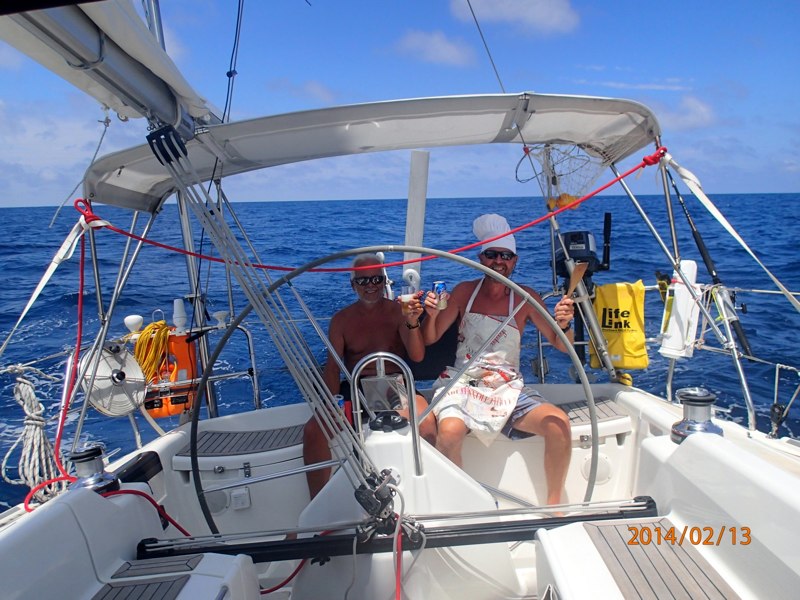
ALL MAPPED OUT
Each of us is the focal point of countless marketing tricks – tricks we like to believe we, at least, can see through because we, at least, are the master of our own destiny and not at all like the other clowns out there blindly dancing to the marketing piper’s tune. Yes I’ll accept cookies (easy to delete them later) and yes I’ll sign up for that mailing list (easy to unsubscribe later) and yes of course I understand you are only in this to push your goods and services but I’m bigger and better than that and I can play the game my way without getting burned and anyway … hang on, there’s somebody at the door … oh look, it’s the UPS man again with my internet shopping delivery … now what was it I ordered?
Music, videos, scents, shoes, must-haves, stuff upon stuff upon stuff: how can we avoid it when the start of every day brings a perfectly straight, perfectly white smile and as for how the day ends, well, that can come to depend on a mere swipe of the hand (left or right, you decide). Near-instant gratification is not just out there waiting, it’s actively stalking you hour by hour primed for that moment when the spirit wavers, the green of the grass on the other side becomes altogether too alluring and the credit card comes out to play. Resistance is futile, the odds are stacked against us, everyone else is doing it, sometimes you bend with the breeze or you break, etc. OK, perhaps it’s not really quite that bad, but a little exaggeration does no harm anyway if deployed in the public interest.
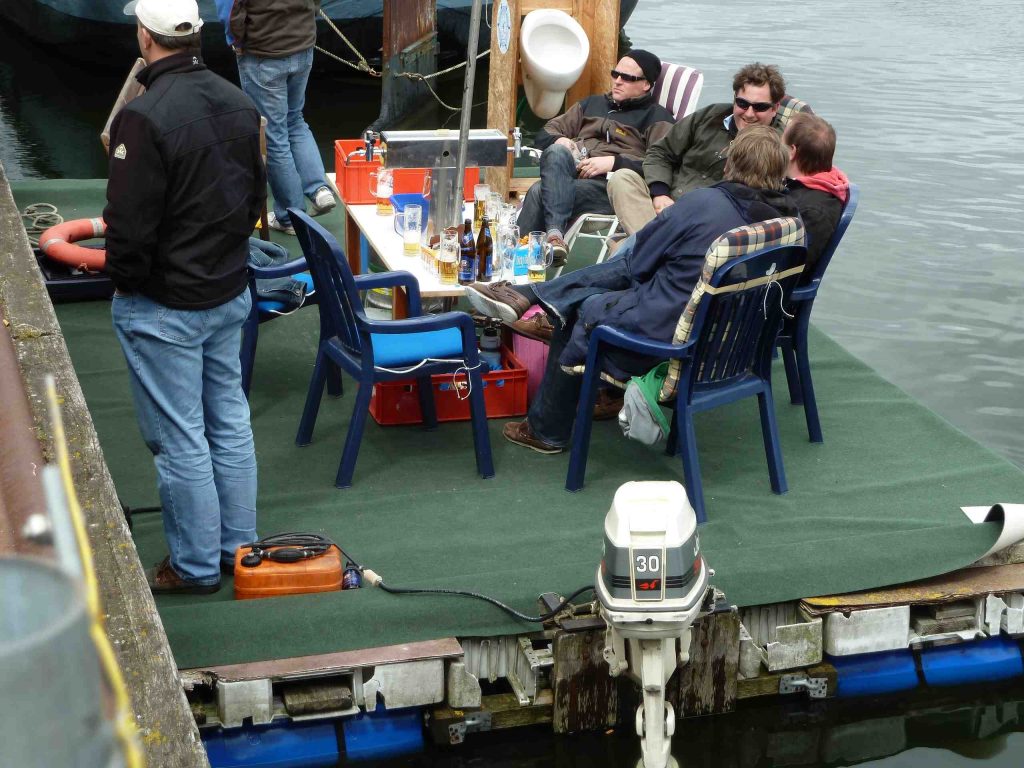
The public for our present purposes is the sailing public, so the all-important question for us is: how do marketers gain a foothold with such a discerning target group? Surely it must be a bit more complicated than selling cars and beer to football fans, mustn’t it?
Sailing is no more than an economic side-show in Germany. Is it possible to change things for the better in such a small market without looking like a fool – or ending up on the outside looking in? It seems to me sometimes that the urge to draw sailors – like so many sheep – to the cash desk overwhelms other more sensible considerations, which is one of the reasons I set out to write this blog.
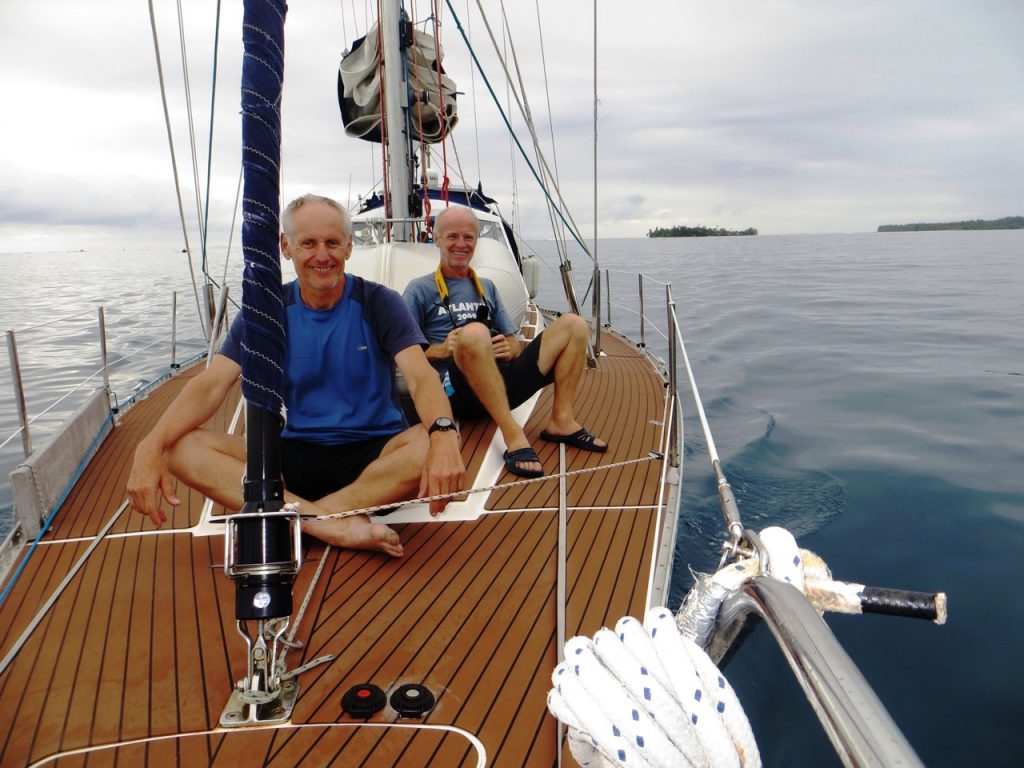
KEEPING IT REAL
The rules are known, either overtly understood or subconsciously sensed. Stalking us as marketing targets is a tall order: sailors are a flighty bunch when it comes to advertising and anything the slightest bit clumsy or heavy-handed is likely to send our business bounding into the undergrowth never to be seen again. I have written previously about efforts to monetarise knowledge in our sport and the relationships that fuel them. Basically, the stronger the financial interests in play, the more uncertainty there has to be about the reliability of the information proffered – and vice-versa, of course.
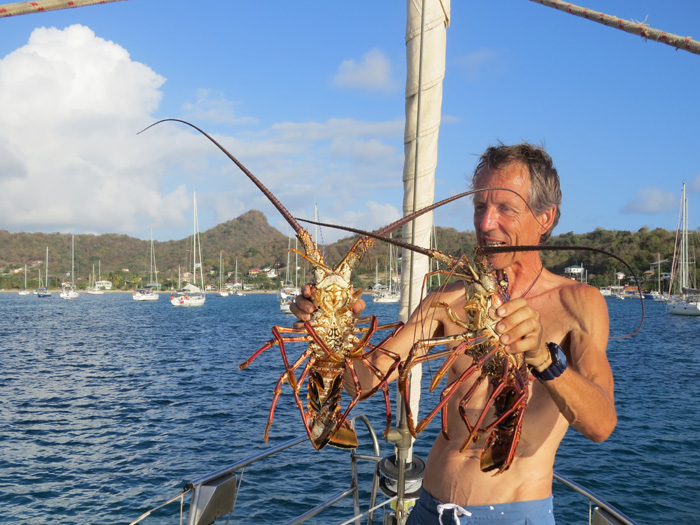
I try to use whatever influence my many years in the business give me in a strategic way and hope never to lose sight of the fact that the sailors I hope to reach with my thoughts and opinions – the bluewater community – have the most to lose from misguided choices. I strive to get the synapses buzzing by whatever methods, conventional or otherwise, seem most appropriate (to the issue or to my mood), to jolt people out of their mental comfort zone and encourage them to recognise that while the conclusions they cling to might be convenient and not altogether unjustifiable, there may well be a better way. The difference between convenient and better could be big in the dark in a storm days from anything solid – big enough indeed even to risk a little friction on the home front (planning a bluewater trip can certainly put relationships under strain, but what sense is there in taking decisions that avoid short-term grief if those same decisions store up a world of potential grief once at sea?).
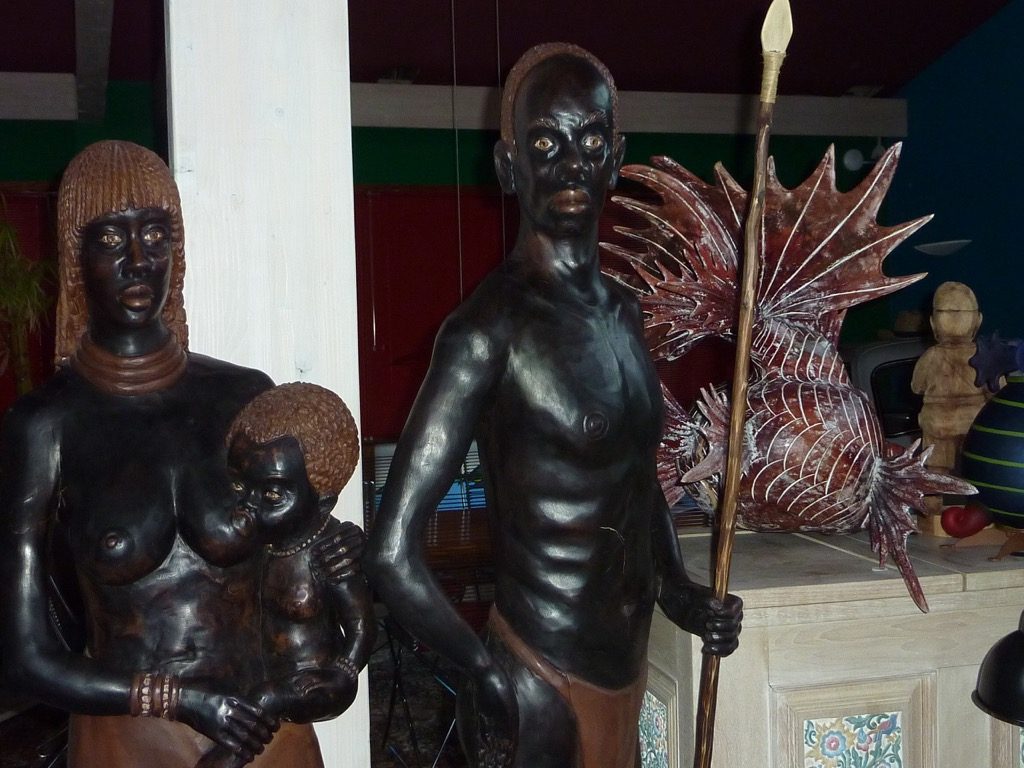
CAMP FIRE CHAT
The following e-mail recently landed in my inbox:
Hello Peter!
People always need a place to get together and chat. Not so long ago we would have marked the end of our working day (hunting and gathering) by assembling around the camp fire to talk, bond and, most importantly, catch up on the latest gossip. We still have a place to do this today – it’s a “virtual” place, as they say, but the internet and its portals and blogs etc. nevertheless undoubtedly fill the role of the camp fire for our modern age. I’m the type who likes to sit by the camp fire – but not too close (where things can get a bit too hot (-; ) – and listen to the stories being told. It’s best when people are laughing and you can join in. Nothing beats having fun together with no ifs or buts!
I am grateful that there are still people like you around, because without them the camp fire would have gone out long ago.
It’s true, we do chat and share information – from the most libellous gossip to invaluable technical nuggets – as a social activity, be it face-to-face, across a crowded bar or in the virtual realm. I will happily admit though that my own activities in this respect are altogether less haphazard: I wield my influence to suit my purpose.
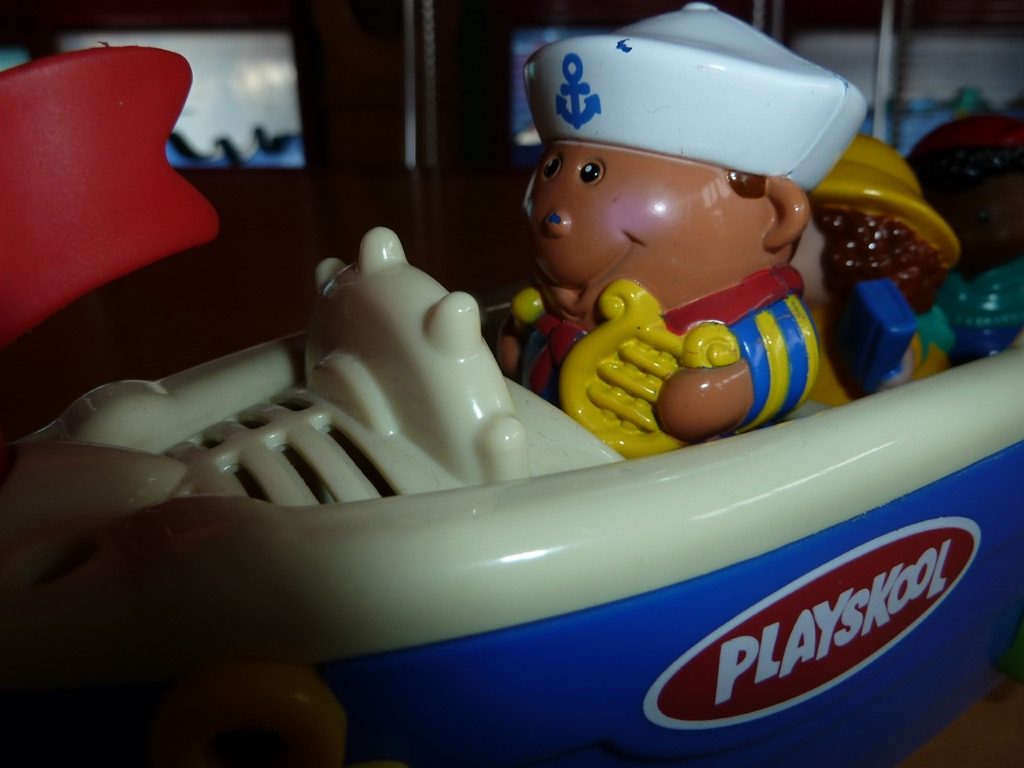
I AM AN INFLUENCER
I talk to sailors all over the world, not just about self-steering and windvanes but about the whole floating home to which owners may wish (should they see fit) to bolt one of my products. This never-ending dialogue puts the spice in my life because it brings me into contact not just with people who welcome/listen to/tolerate my advice, but also with plenty of characters who are quite happy to challenge it and give me at least as much food for thought as I give them.
A little while ago I enjoyed a refreshing exchange with a Swiss sailor. The conversation was only ever heading in one direction and the inevitable conclusions were eventually reached. Clearly a lot of thought had gone into the discussion and my correspondent thanked me profusely for my input (which is always welcome), but when I asked him directly if I might be permitted to reproduce the dialogue in full here in my blog, he dug his heels in (which probably tells you something).
The conversation began with a query as to whether I would be able to mount my system on the modern boat with bathing platform my Swiss contact was thinking of buying.
MY RESPONSE:
Good Morning over there in the mountains,
This is a question with no simple answer because it leads us straight back into the fundamental debate about different types of boat.
Here is the short version: My systems are readily compatible with open bathing platforms and fold-up platforms. The Pacific systems are ideal. The Pacific Plus is much heavier and actually steers the boat with its own rudder, so you need to be confident your intended boat has a good, strong transom. The Pacific is quite different: it just generates servo forces that it transmits to the main rudder.And this is exactly where my approach to the discussion would begin:
– The PP system is not suitable for boats with a moving platform because it takes too long to remove it when you want to use the platform. The Pacific is the better and simpler option here, see photos.
– The PP will occupy the whole of an open platform and render it unusable for swimming unless you remove the system entirely, which is not a straightforward job. The Pacific is easy to install and easy to remove with an open platform.It is no secret that the Pacific is far more common on the open-transom yachts in use today for these very reasons. Emergency rudders “just in case” are a different issue and one I designed the SOS Rudder (which people definitely seem to like) to address.
But, as you can see, we have moved on now to the fundamental debate about the right boat for the job. If you want to know my thoughts on this matter, just have a look at the following links…
Best wishes,
Peter Foerthmann
https://windpilot.com/blog/en/columns/boat-building/what-ever-happened-to-boat-building/
There followed a discussion about brands and budgets – and, if I may be excused a moment for blowing my own trumpet, a compliment to me for furnishing “valuable information” that is apparently difficult to come by in the usual magazines and the like.
MY RESPONSE:
Good Morning,
I gather you find yourself with more questions than answers.I don’t believe it does any harm to think again about your choices and priorities at this stage; in fact it has to be a good thing in the long term. However I do still have something more to add: your notion that avoiding problems down the line is essentially a matter of spending enough on a new boat may well be setting you up for disappointment. I know plenty of sailors who have learned this the hard way! The fact that it is new (and expensive!) is no guarantee at all that a boat and its systems will perform flawlessly at sea.
Without going into the sorry details (and treading on any sensitive toes), my advice would be:
Firstly, forget about the fairy tale of the boat where nothing goes wrong – whatever you do, it is highly likely that you will run into problems of one kind or another at some point.Secondly, modern mass-produced yachts are not always the ideal choice for a bluewater adventure. Some purported authorities will assure you most vociferously that it is perfectly possible to sail around the world successfully in one of our modern peas-in-a-pod production cruisers. Indeed it is possible, but you might want to keep your guardian angel close at hand!
https://windpilot.com/blog/en/columns/boat-building/rudders/
When you mentioned, at the beginning of our discussion, that you were keen to have an emergency rudder, I could have launched straight into a pitch for the Pacific Plus and perhaps even sold you one. But instead I decided to grab the opportunity to share with you the bigger picture as I see it.
There are wonderful, perfect, fully-equipped bluewater yachts out there, tried and tested and loaded with useful equipment, that you could buy for a very reasonable price and still have money in the kitty as well as a more suitable boat with which to face the imponderables of bluewater sailing.
Let me be clear here: we are talking about structures, lines, strength, appendages and Achilles’ heels rather than the relative advantages of different manufacturing methods (advantages that tend to favour the manufacturer over the user). The idea of taking on long passages with a vulnerable saildrive and twin spade rudders mounted far from the protective lee of the keel (and thus completely exposed to whatever comes along) is certainly not one I would relish myself. Weathering a storm in a solid long-keeler (comfortable and predictable motion, peace and quiet below deck) is a different experience altogether from weathering a storm in a modern design (violent, loud and thoroughly disconcerting) and, other things being equal, it’s difficult to imagine anyone wishing to repeat the modern option.
Whether a boat with structural reinforcements built directly into the hull beats the more cost-effective option of a reinforcing internal shell is a question most sailors ought to be able to answer for themselves: imagine finding a leak or touching the bottom and not being able to access the space between the inner and outer skins.
And then we come to the intertwined issues of beam and draught and the fact that a boat with a wide hull and shallow draught, while understandably preferable in some ways, is almost sure to have a flat bilge, which means that any water (whatever its source) impertinent enough to find its way under the floorboards will soon be soaking into the furniture. Boats, unlike caravans, have to be prepared to operate at a range of angles.
Another interesting point to note is the vertical separation between the main rudder bearings. These are the sorts of things I consider to be important. Read on for more.
Have a look at some photos of the damaged boats left behind after major storms have passed through and you will perhaps gain a greater appreciation of the points I am trying to make and my relentless promotion of strong, resilient boats. Naturally all of this caution relates to serious bluewater sailing beyond the reach of rescue helicopters – just in case something goes wrong.
Have a pleasant evening,
Peter
The reply from Switzerland made happy reading, as it left me in no doubt that my concerns had been considered and my suggestions acknowledged:
Thank you for your advice and for sharing your obvious expertise. I am profoundly reassured to learn that there are still people on this Earth of ours prepared to put knowledge before a quick sale!
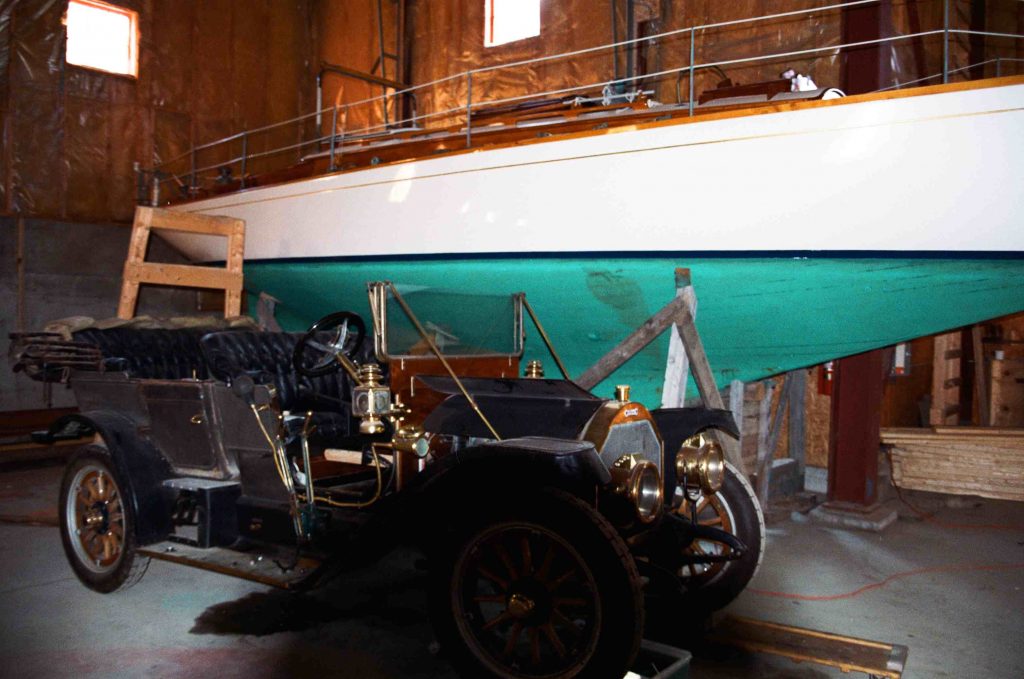
This discussion – seven days of back and forth – left a deep impression on me as well as, I believe, helping my correspondent in Switzerland make some very sound decisions. I have conducted countless similar exchanges, some lasting years and some running to more than 50 e-mails, in my attempts to help sailors bring their critical faculties to bear (and giving my own some welcome exercise in the process).
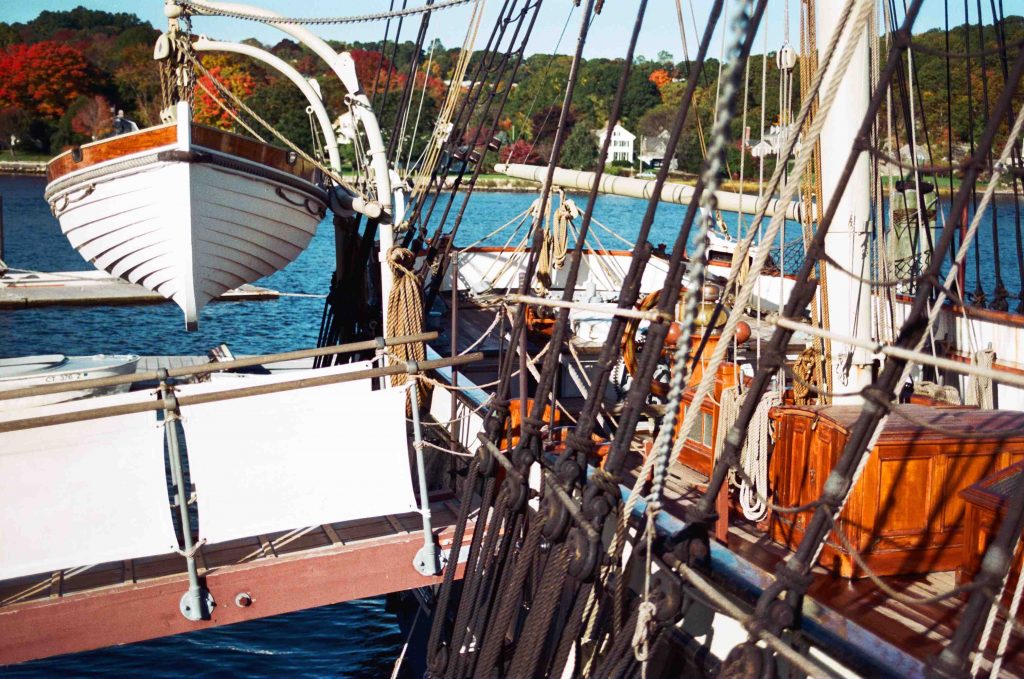
In an age in which speed records dominate the sailing news and industry insiders and journalists are seriously fantasizing about even cruising yachts hopping up on foils and blasting across the sea, we would do well to remember that what goes up must come down, that faster sailing means harder impacts (with waves, UFOs, other boats or the rocks) and that being able to cross it quicker does not make the ocean any more hospitable.
Personally I intend to carry on gently making the case for better and safer long-distance cruising!
Peter Foerthmann



